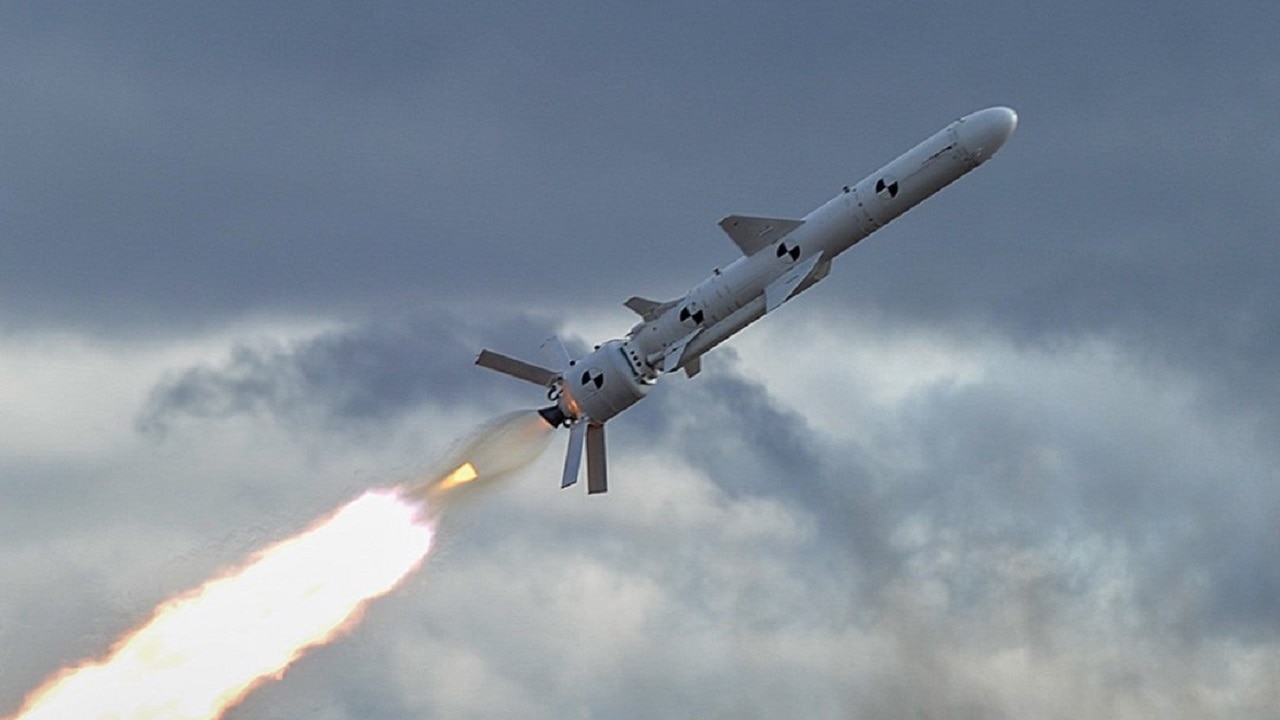In the first weeks of Russia’s invasion of Ukraine, a number of incidents real and legendary stood out in illustrating Kyiv’s fortitude in defense. From the defense of Snake Island to the so-called Ghost of Kyiv pilot, narratives depicting Ukraine’s robust defensive efforts made headlines.
In April 2022, Russia’s Black Sea-based flagship, Moskva, sank to the ocean floor. Ukraine’s homegrown anti-ship cruise missile, dubbed Neptune, was reportedly responsible for the intentional sinking of the Russian vessel.
The Neptune remains a critical weapon for Kyiv’s defense. While the Kremlin has denied that Ukrainian forces carried out the naval strike, Western officials confirmed that at least one Neptune missile was involved.
The Moskva Incident
When two R-360 Neptune anti-ship missiles struck the Moskva, a fire broke out on the ship, ultimately leading to the vessel’s demise. The incident marked a crucial moment in the invasion and perhaps paved the way for the many Ukrainian advances to come.
The last time a Russian ship this large had been sunk in wartime, after all, was during World War II. Moscow deployed Moskva at the onset of its invasion, in February 2022, to aid its forces in their infamous attack on Snake Island. The 510-crew warship spearheaded Moscow’s naval assault on Ukraine until its sinking.
A Brief History of the R-360 Neptune
While the Neptune’s first reported use was the Moskva incident, the missile debuted at the 2015 Arms and Security international exhibition in Kyiv. The weapon’s conception dates to one year earlier, when Russian troops invaded and annexed the Crimean Peninsula.
After this attack, Kyiv desired a homegrown weapon that could better defend the country’s borders. The Neptune is derived from the Russian Kh-35 cruise missile and sports several enhancements.
Developed by the Kyiv-based Luch Design Bureau, the Neptune measures 16 feet long and weighs nearly 2,000 pounds. The missile has a range of up to 280 kilometers and can be carried and launched from land, air, and sea-based platforms.
As detailed by Military Times, although the Neptune’s speed is subsonic, the missile can foil enemy radar by flying at very low altitudes. “Along with the Neptune itself, Ukraine has produced six USPU-360 mobile launchers, each capable of carrying and firing four missiles. They are backed up by six TZM-360 and six TM-360 transport vehicles, each carrying four additional Neptunes.”
The Neptune’s Performance
A Ukrainian scientist who played a part in the development of the Neptune said the carelessness of the ship’s operators ultimately led to the demise of the Moskva. “They understood that they could not be seen from the sky, from the shore too,” the scientist said. “Plus, they have very serious air defense systems on board and other protection systems. Therefore, they sailed 120 kilometers to the Ukrainian coast. And this self-confidence ruined them.”
Over the last fourteen-plus months of warfare, a litany of Western-made long-range systems have been delivered to Ukraine by NATO member-states. Kyiv’s Neptunes are now accompanied by HIMARS, Harpoons, and Storm Shadows.
MORE: Ukraine Has Another Big Problem Besides Russia
MORE: Why Putin Fears the M1 Abrams Tank
Maya Carlin, a Senior Editor for 19FortyFive, is an analyst with the Center for Security Policy and a former Anna Sobol Levy Fellow at IDC Herzliya in Israel. She has by-lines in many publications, including The National Interest, Jerusalem Post, and Times of Israel. You can follow her on Twitter: @MayaCarlin.

